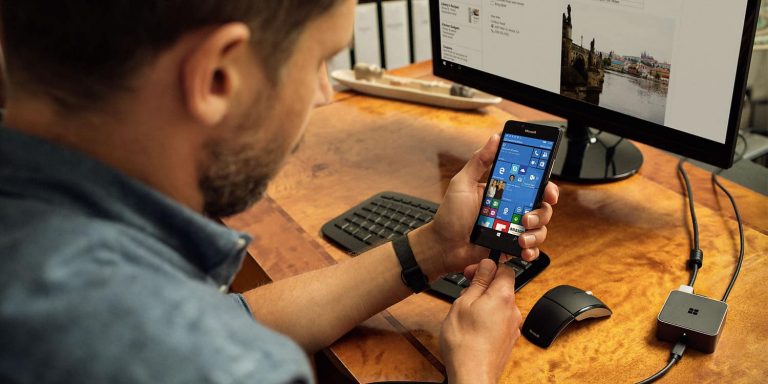With year over year declines in revenue and profit, Microsoft’s smartphone presence in the market is now drawing a morbid curiosity-like interest from investors and journalist in just how poorly the company is doing and how much further its efforts can tank. (Author’s note: To clarify, I agree with Microsoft’s assessments that sales numbers at this point are all but irrelevant to the company as it’s preparing for what it believes is a transition from traditional smartphone computing to artificial intelligent and natural language interactions.)
However, in the here and now, Microsoft can’t avoid the reality that its phone division is not doing so well, specifically in its smartphone endeavors. Microsoft reported that its Windows phone revenue declined 46% in the quarter, but without actual numbers, it seemed rather hard to quantify the drop for some. Fortunately, when filing its
Fortunately, when filing its quarterly report with the US Securities and Exchange Commission, readers find out that while Microsoft managed to sell an admirable 15.7 million phones during the three-month span, only 2.5 million of them were Lumia smartphones.
- Devices revenue decreased $248 million or 11%, driven by the previously announced change in strategy for the phone business, offset in part by higher Surface revenue. Phone revenue decreased $662 million or 47%, as we sold 2.3 million Lumia phones and 15.7 million other phones in the third quarter of fiscal year 2016, compared with 8.6 million and 24.7 million sold, respectively, in the prior year. Surface revenue increased $398 million or 56%, primarily driven by the release of Surface Pro 4 and Surface Book in the second quarter of fiscal year 2016, offset in part by a decline in revenue from Surface Pro 3.
With the veil of a possible Lumia resurgence relatively behind Windows phone users, now may be a good time to refocus attention on Microsoft’s realistic plans for smartphones. Currently, there are only a select few retailers around the world selling the higher prices Lumia 950 and 950 XL devices. Coupled with a $600.00 plus premium, zero to no marketing efforts put behind them, and removal of older devices from store shelves (that could theoretically upgrade to Windows 10), it should come as no surprise that Lumias are not selling well across the board.
Perhaps, Microsoft is looking to continue to bottom out its Lumia and feature phone markets to bundle a possible Surface Phone under the burgeoning Surface division efforts and once again return those efforts to black. We’ll be keeping a close eye on these developments going forward, to help you in the very natural attempt to predict where the Windows phone market is going and where to put your hard-earned dollars.


